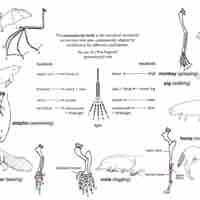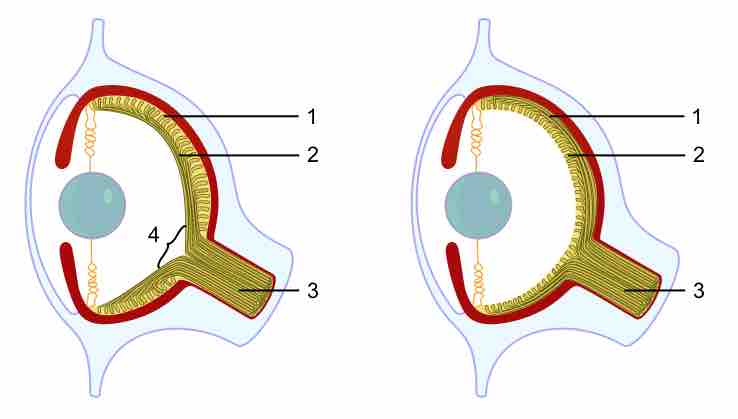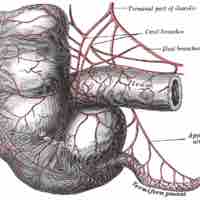Section 5
Evidence of Evolution
By Boundless
Fossils tell us when organisms lived, as well as provide evidence for the progression and evolution of life on earth over millions of years.
Fossils can form under ideal conditions by preservation, permineralization, molding (casting), replacement, or compression.
Because not all animals have bodies which fossilize easily, the fossil record is considered incomplete.
The age of fossils can be determined using stratigraphy, biostratigraphy, and radiocarbon dating.
The detailed fossil record of horses has provided insight into their evolutionary progress.

Homologous structures are similar structures that evolved from a common ancestor.

Convergent evolution occurs in different species that have evolved similar traits independently of each other.

Vestigial structures have no function but may still be inherited to maintain fitness.
The biological distribution of species is based on the movement of tectonic plates over a period of time.